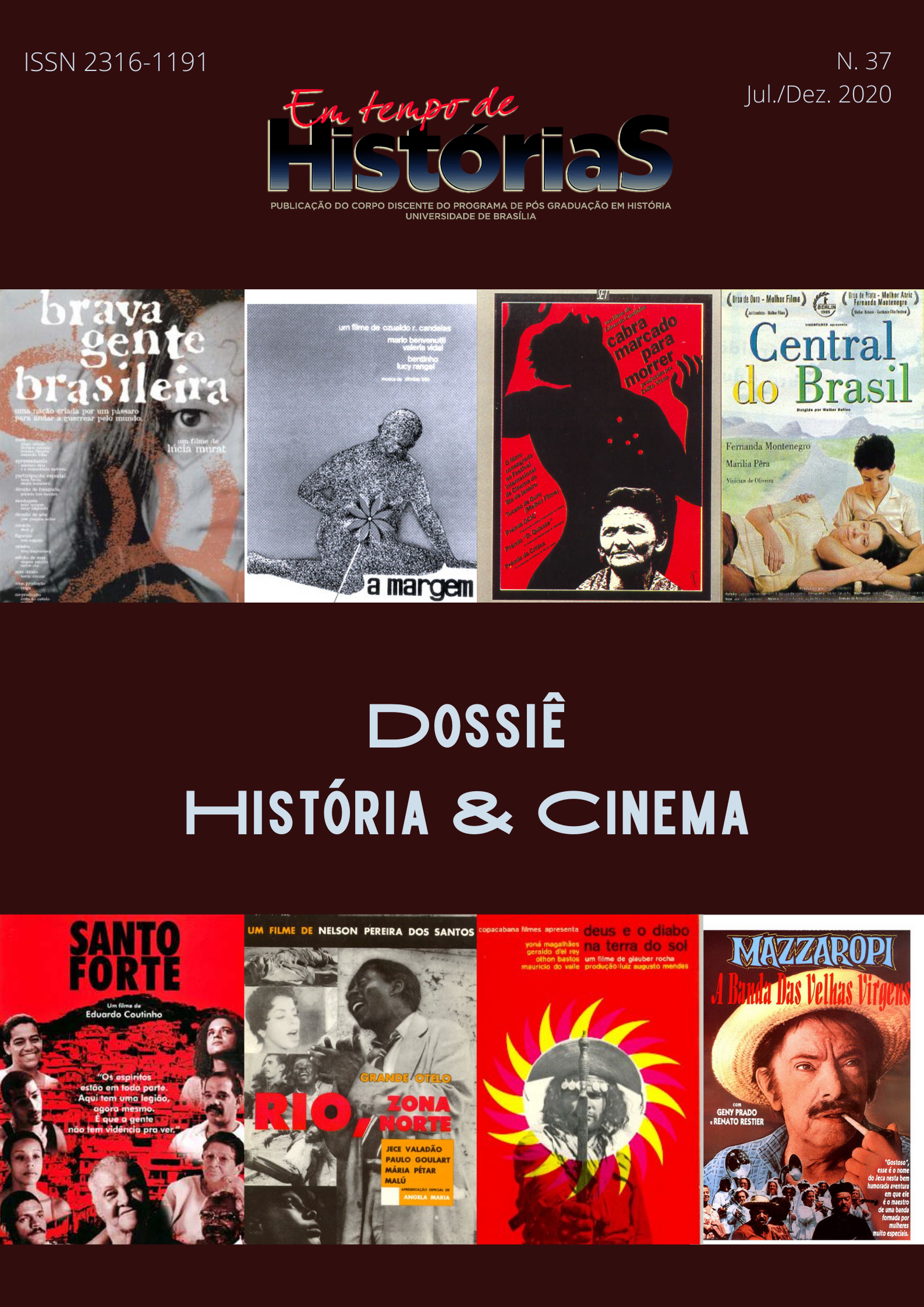Violence as spectacle
an analysis of the relation between mass media, justice and violence on Black Mirror
DOI:
https://doi.org/10.26512/emtempos.v1i37.34062Keywords:
White Bear. Violence. Punishment. Mass Media. Repression.Abstract
The subject of the episode White Bear, which belongs to the television show Black Mirror, allows us to reflect upon the relation between justice and violence, also discussing the ethical limits of these ties. The constant presence and use of violence in the story allow us to analyze the centrality of this element in the production and think about the possible repercussions and dialogues of this fictional work with reality. At last, the study of the context of production and the process of filmmaking, advertisement and reception of the show exposes another side of the articulation between media, justice and violence, which is related to the decoding of the episode by the audience.
Downloads
References
ADORNO, Theodor W., HORKHEIMER, Max. Dialética do Esclarecimento. Rio de Janeiro: Jorge Zahar Ed., 1985
FOUCAULT, Michael. Vigiar e punir: nascimento da prisão. 16ª ed. Petrópolis: Vozes, 1999.
HALL, Stuart. Da diáspora: identidades e mediações culturais. Org. Liv Sovik. Trad. Adelaine La Guardia Resende. 2ª ed. Belo Horizonte: Editora UFMG, 2013.
MBEMBE, Achille. Crítica da razão negra. Trad. Sebastião Nascimento. São Paulo: n-1 edições, 2018.
MBEMBE, Achille. Necropolitica. Arte e Ensaios, Rio de Janeiro, n.32, 2016, p.123-151.
WOOD, Robin. An introduction to the American horror film. In: NICHOLS, Bill (ed.). Movies and methods. Vol. 2. Berkeley / Los Angeles: University of California Press, 1985, p. 195-220.
Downloads
Published
How to Cite
Issue
Section
License
Copyright (c) 2020 Em Tempo de Histórias

This work is licensed under a Creative Commons Attribution-NonCommercial 4.0 International License.
Autores que publicam nesta revista concordam com os seguintes termos:
- Autores mantém os direitos autorais e concedem à revista o direito de primeira publicação, sendo o trabalho simultaneamente licenciado sob a Creative Commons Attribution License , licença que permite que outros remixem, adaptem e criem a partir do seu trabalho para fins não comerciais, e embora os novos trabalhos tenham de lhe atribuir o devido crédito e não possam ser usados para fins comerciais, os usuários não têm de licenciar esses trabalhos derivados sob os mesmos termos.
- Autores têm autorização para assumir contratos adicionais separadamente, para distribuição não-exclusiva da versão do trabalho publicada nesta revista (ex.: publicar em repositório institucional ou como capítulo de livro), com reconhecimento de autoria e publicação inicial nesta revista.
- Autores têm permissão e são estimulados a publicar e distribuir seu trabalho online (ex.: em repositórios institucionais ou na sua página pessoal) a qualquer ponto antes ou durante o processo editorial, já que isso pode gerar alterações produtivas, bem como aumentar o impacto e a citação do trabalho publicado (Veja O Efeito do Acesso Livre).













